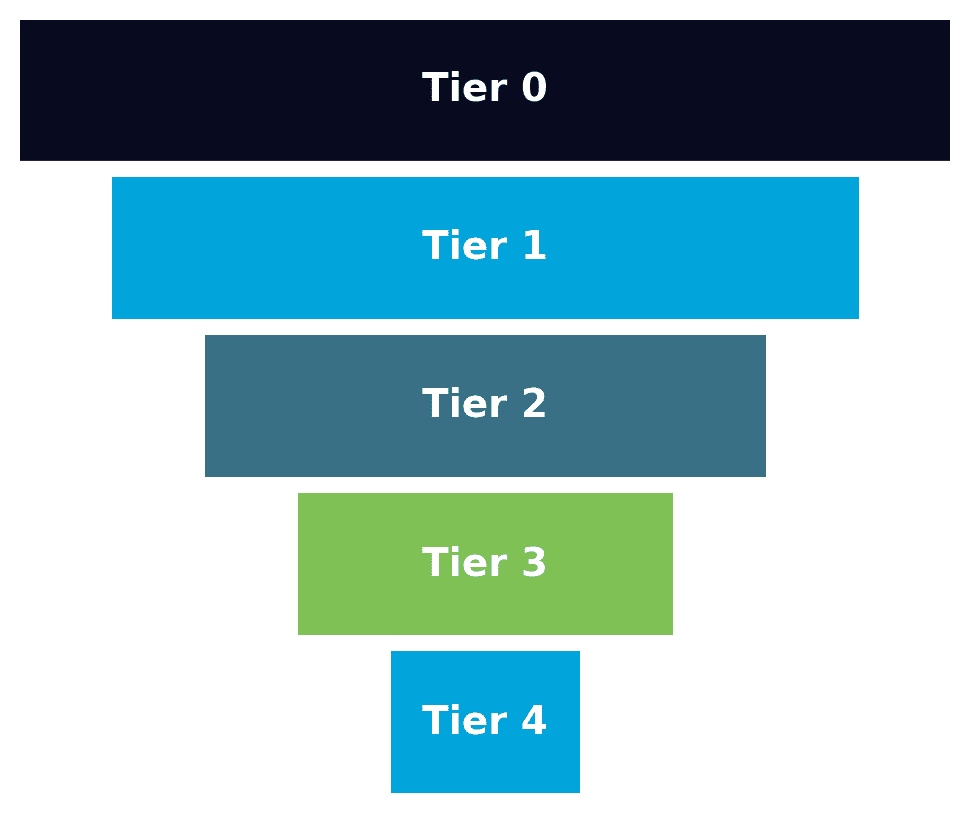The difference between IT support tiers is based on the complexity of the issues that support staff work on. Lower tiers provide support for simple issues while upper tiers provide the highest level of technical support. There are 5 tiers in a typical IT support structure.
“Understanding the distinctions between IT support tiers is crucial for businesses aiming for operational efficiency and cost-effectiveness.” – Nahjee Maybin, CEO of Kenyatta Computer Services.
Because 82% of clientele expect to get their IT issues resolved upon their first call, splitting your IT support into tiers is a matter of customer service. Callers can immediately connect with the best expert to solve their issue instead of being passed between support teams.
The rest of this article will take a closer look at the tiered support system. We’ll explain level 0 through to level 5 and dig into what each tier does. We’ll explore how each one of the IT technical support tiers helps enhance the customer experience.
The 5 IT Support Tiers Explained
Tier 0 Support
Tier 0 support focuses on empowering customers to solve their own problems through various self-service resources. Having this tier available greatly increases customer satisfaction. That’s because 67% of consumers would rather self-serve than speak to a live agent.
These resources include online knowledge bases, frequently asked questions, video tutorials, and community forums where users can find answers to common questions or troubleshoot issues independently. The goal is to reduce the reliance on live support by providing comprehensive, easy-to-access information.
This tier also often includes automated systems such as chatbots and virtual assistants that guide customers through predefined steps. For example, a chatbot might walk a customer through resetting their password or configuring a device.
40% of People Who Call Support First Tried to Resolve The Issue via Self-Service
That’s why you also need a live helpdesk available for support.
Tier 1 Support
Tier 1 support serves as the first human point of contact when customers need assistance. Support representatives at this level handle a broad range of issues, typically using scripts or pre-defined procedures to diagnose and solve common problems.
These common problems usually include password resets, software installations, or basic network connectivity issues. Tier 1 agents also collect initial information, perform basic troubleshooting, and escalate more complex issues when necessary.
Having these agents solve simple technical issues saves time for the higher tiers to work on advanced technical problems. Therefore, complicated issues will be resolved faster since more professionals will be available to help.
Tier 2 Support
Tier 2 support involves personnel with a deeper level of technical expertise compared to Tier 1. These specialists handle issues that require more detailed troubleshooting or network problems that Tier 1 could not resolve. They may also work directly with customers to provide step-by-step guidance on more complex tasks.
For instance, a Tier 2 technician might assist with configuring advanced network settings or diagnosing software issues that require in-depth knowledge of the operating system. Customers benefit from this tier by accessing higher-level support, which increases the likelihood of resolving more intricate issues without needing to escalate further.
| Gain More Insights on How You Can Run Efficient IT Support |
Tier 3 Support
Tier 3 support is provided by highly specialized experts, often including engineers or developers who have deep technical knowledge and experience. They handle the most complex issues that typically require in-depth analysis, such as debugging software code, resolving critical system failures, or addressing cybersecurity threats.
The benefit to customers is that their most severe and complex problems are addressed by top-level professionals. Working with these experts provides a high probability of resolution and a low probability of recurrence
Tier 4 Support
Tier 4 support extends beyond the technical support team’s internal capabilities. It involves external vendors, contractors, or third-party service providers. This tier is engaged when issues arise that require expertise or resources not available within the organization.
For example, if a company’s network experiences an issue related to a third-party firewall product, Tier 4 support would involve contacting the third-party vendor for assistance.
In this case, service desk agents act as intermediaries between the customer and the external provider. Their primary role is to facilitate communication and ensure that the external party understands the problem and works toward a resolution.
How Many Issues Should Go to Which IT Support Tiers?
Your goal should be to help your customers solve as many issues as they can at the lowest tier possible. This pyramid highlights the ideal situation.
In this image, the vast majority of issues can be resolved independently, and later tiers are needed sparingly. However, this is rarely the case in real-life situations. Gartner notes that only 14% of issues are resolved via self-service. Even “very simple” tech issues only have a self-resolution rate of 36%.
How Can You Make Self-Service Support Easier For Your Clients?
To make self-service support easier to use, structure the knowledge base for straightforward navigation. Doing so will simplify the search process so users can quickly find what they need. Also, design an intuitive interface that minimizes steps and guides users efficiently. Use interactive tools and clear guides to streamline issue resolution.
It’s also important to ensure all content is accessible in various formats to accommodate different user needs. Take the following accessibility recommendations into consideration.
- Use alt text for images
- Provide transcripts for all video and audio content
- Ensure that all interactive elements are keyboard navigable
- Use high-contrast color schemes for better readability
- Offer content in multiple languages if you have the resources available
| Enhance Your IT Experience in Denver, CO! | ||||
| IT Support | IT Outsourcing | IT Consulting | Network Support | Cybersecurity |
Boost Your Tech Support Across All Service Tiers
Recognizing the value and function of each IT support tier is essential for businesses aiming to optimize their operational efficiency. However, recognizing the value of these tiers and actually implementing them are 2 different steps.
If you need help providing all 5 tiers to your customers, Kenyatta Computer Services can help. We offer consistent support across varying tiers for a fraction of the cost of hiring agents from all levels in-house. We also already have our own knowledge of common issues so we can solve issues quickly, even if they are new to you.
Contact us today to get started.



